Homocysteine is an amino acid present in blood plasma that is related to the onset of cardiovascular disease such as stroke, coronary heart disease or heart attack, for example, since its high levels can cause changes in blood vessels.
Usually, the cardiologist or general practitioner may order a homocysteine test to look at the amount of this amino acid in the blood, assessing the need to initiate a treatment to prevent the aforementioned cardiovascular problems if the value is high.
Normal homocysteine values in blood tests should be below 15 micromol / L, although this value may vary slightly depending on the laboratory it analyzes, and homocysteine is usually only a concern when it is above the reference value.
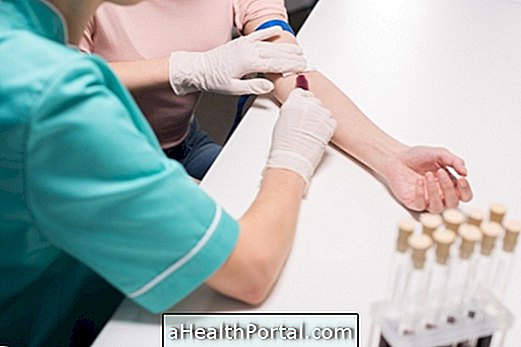
What can indicate
The levels of homocysteine in the body are measured from the blood test requested by the doctor. Your bloodstream levels may indicate
1. Low homocysteine
The low homocysteine value is usually not cause for alarm, especially if the patient is taking supplementation with vitamin B or folic acid, as in the case of pregnancy, as these substances decrease the concentration of homocysteine.
However, when the homocysteine value is greatly decreased and for no apparent reason it is recommended to consult a general practitioner to evaluate the problem, since it may be a sign of low production of this amino acid.
2. High homocysteine
High homocysteine is caused by excessive consumption of proteins, especially red meat, which can cause injury to the walls of blood vessels, leading to cardiovascular disease.
Increased homocysteine in the blood may also be due to:
- Genetic diseases that alter your metabolism;
- Low food intake with vitamin B6 or 12;
- Diseases, such as hypothyroidism, kidney disease or psoriasis;
- Use of some medicines.
In addition, other factors associated with increased homocysteine are lifestyle, due to some habits such as smoking, excessive coffee consumption and lack of physical activity.
Thus, whenever there are high values of this amino acid, the doctor should make a clinical evaluation and request tests to detect its cause and give more guidance.
How to Lower Homocysteine
Treatment for high homocysteine should be done by reducing the intake of protein foods, especially red meat. In addition, it is advised to increase the intake of foods with vitamins B6 or B12, such as liver steak, salmon or shellfish, for example.
In some cases, when food is not enough to lower homocysteine, the doctor may also prescribe the use of food supplements with folic acid, vitamin B2, taurine or betaine to help decrease the amount of homocysteine in the blood.
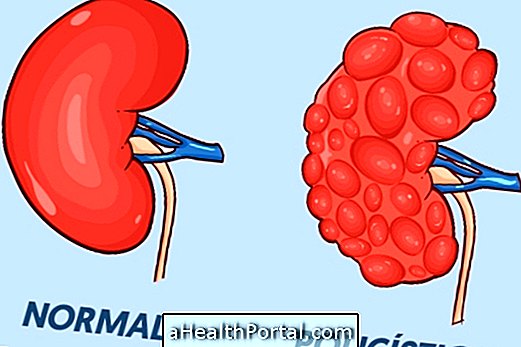
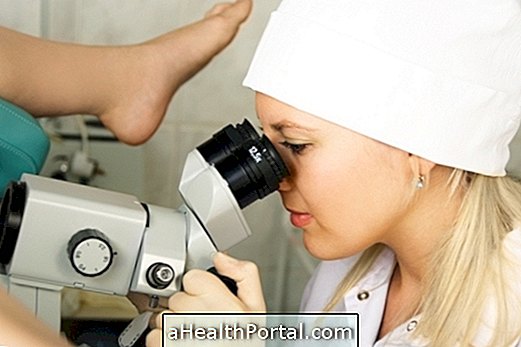
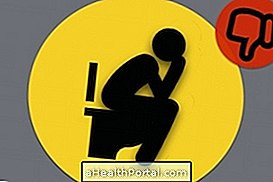

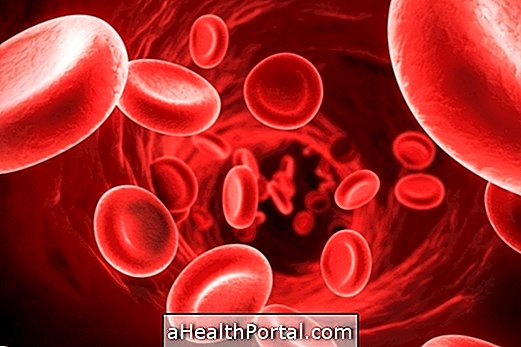


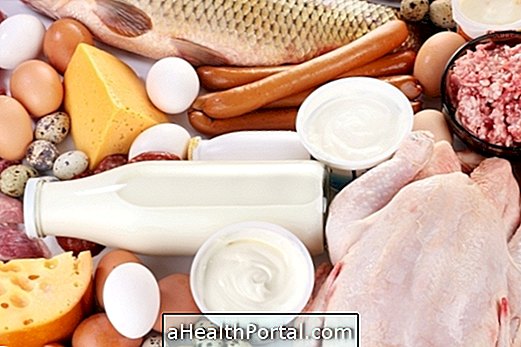

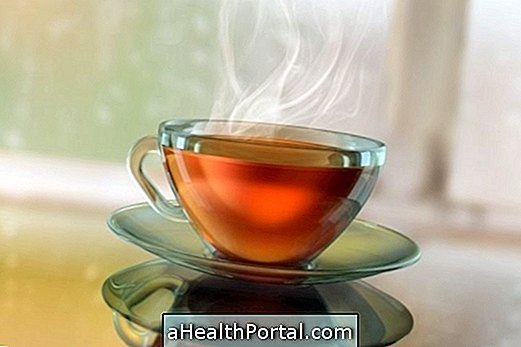
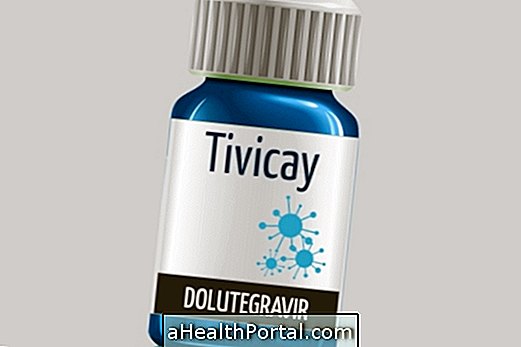

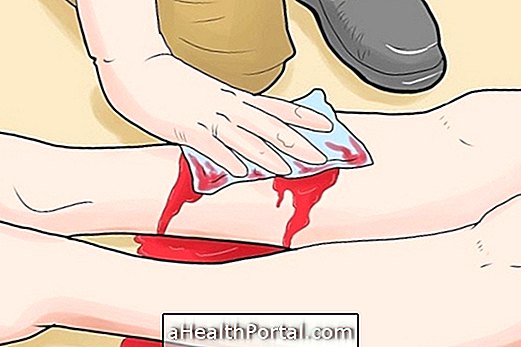

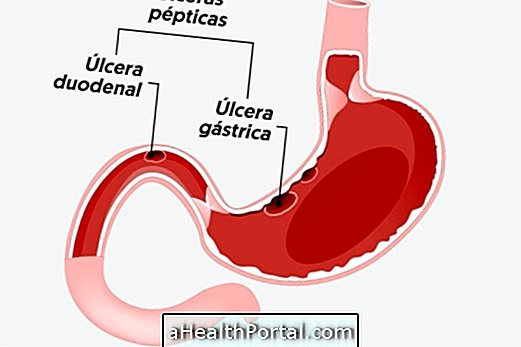
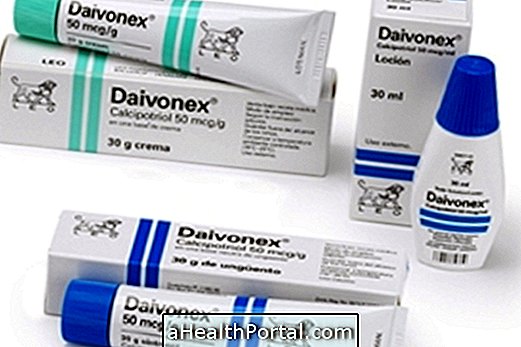
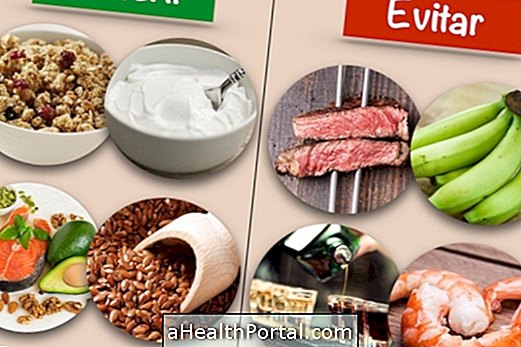
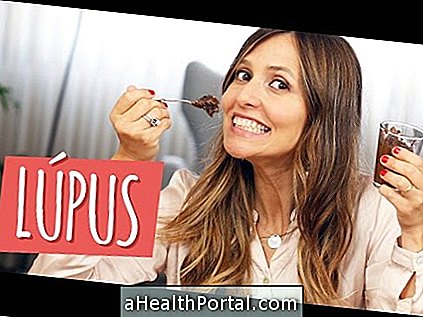
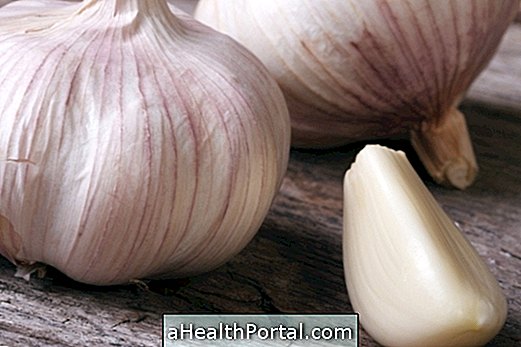

.php)

